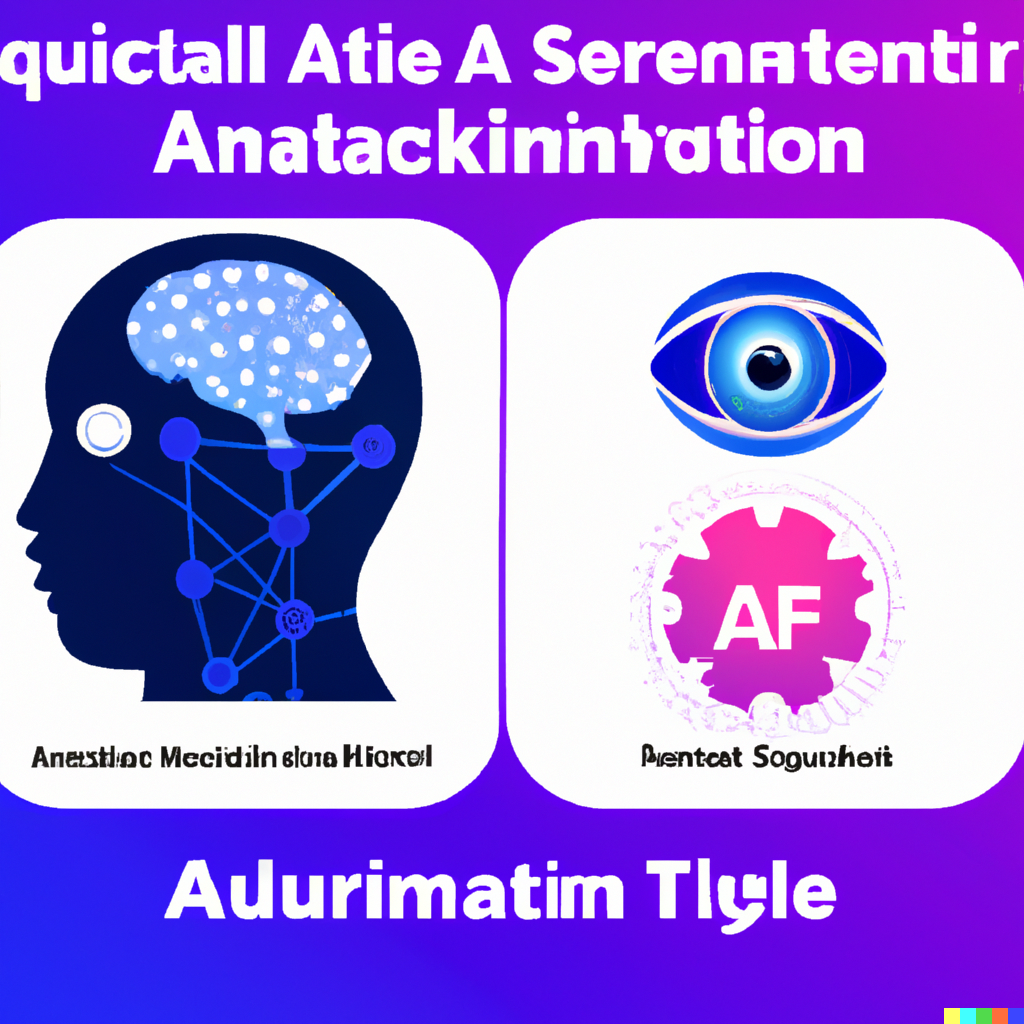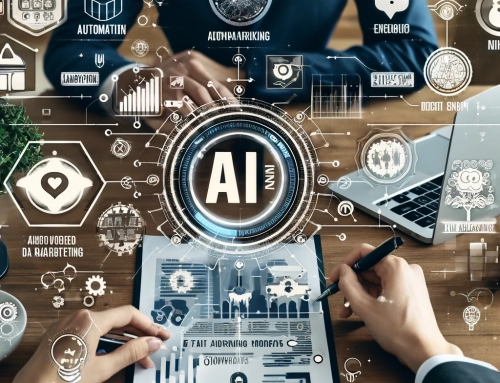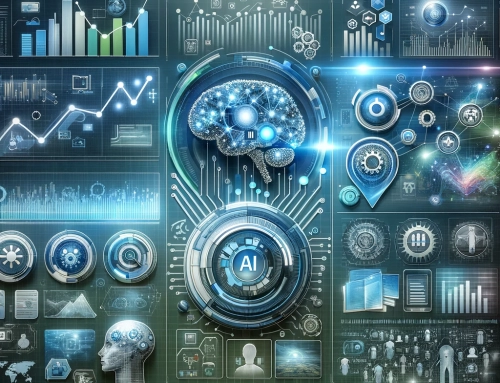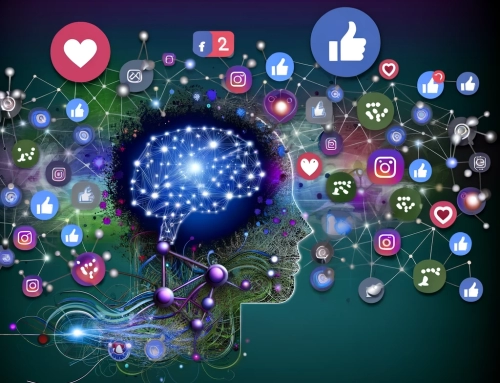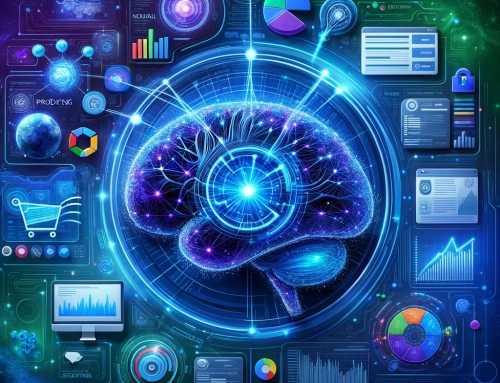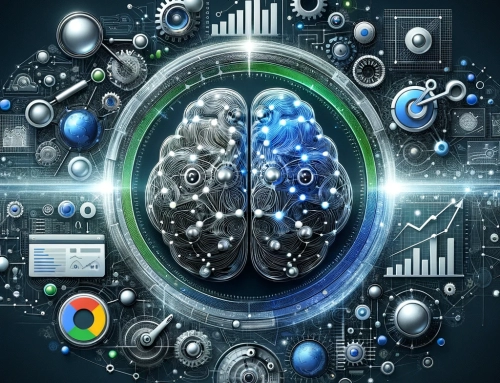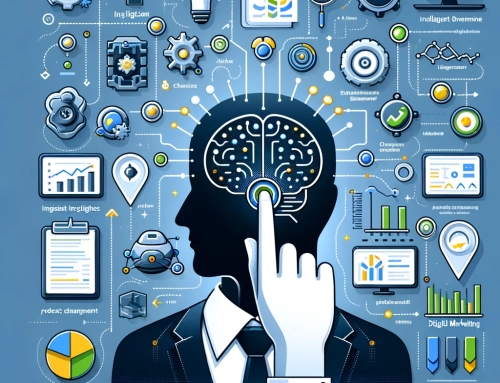Artificial intelligence (AI) has been revolutionizing the way businesses advertise on Facebook. With the ability to analyze large amounts of data and make predictions based on that data, AI has made it possible for businesses to target their ads more effectively and efficiently.
One of the key ways that AI is used in Facebook Ads is through audience targeting. By analyzing data on users’ behavior and preferences, AI algorithms can identify patterns and predict which users are most likely to engage with a particular ad. This allows businesses to target their ads to the people who are most likely to be interested in their products or services, which increases the chances of the ad being successful.
Another way that AI is used in Facebook Ads is through ad optimization. AI algorithms can analyze data on how users are interacting with ads and make predictions about which elements of the ad are most likely to be effective. For example, AI can predict which images or headlines are most likely to grab users’ attention and which calls-to-action are most likely to convert. This allows businesses to optimize their ads for better performance and higher return on investment (ROI).
AI can also be used to optimize ad placement and scheduling. By analyzing data on when users are most active on Facebook, AI algorithms can predict the best times to show ads to maximize visibility and engagement. This allows businesses to schedule their ads for the times when they are most likely to be seen by the right people.
In addition to these benefits, AI can also help businesses save time and money by automating many of the tasks associated with ad creation and management. For example, businesses can use AI to automatically generate ad copy, images, and videos, which reduces the need for manual labor and allows businesses to create more ads in less time.
However, despite the many benefits of AI in Facebook Ads, there are also some potential drawbacks to consider. One of the biggest concerns is that AI-driven ads may perpetuate biases and stereotypes. For example, if an AI algorithm is trained on data that is biased in some way, it may make predictions that are not representative of the population as a whole. Additionally, if an AI algorithm is not properly monitored and tested, it may make decisions that are not in the best interests of the business.
Another potential drawback is that AI-driven ads may make it more difficult for businesses to connect with their customers in a meaningful way. For example, if an AI algorithm is making all of the decisions about which ads to show to which users, it may be difficult for businesses to understand why certain ads are working and others are not. This can make it difficult for businesses to learn from their mistakes and improve their ad campaigns over time.
In conclusion, AI has the potential to revolutionize the way businesses advertise on Facebook. With the ability to analyze large amounts of data and make predictions based on that data, AI allows businesses to target their ads more effectively and efficiently. However, businesses must be aware of the potential biases and drawbacks that may come with AI-driven ads and take steps to mitigate these risks.

